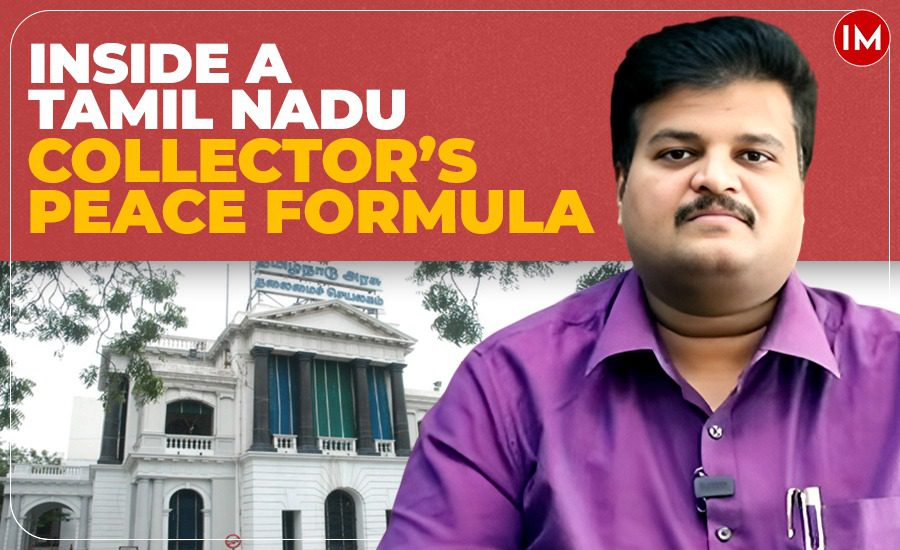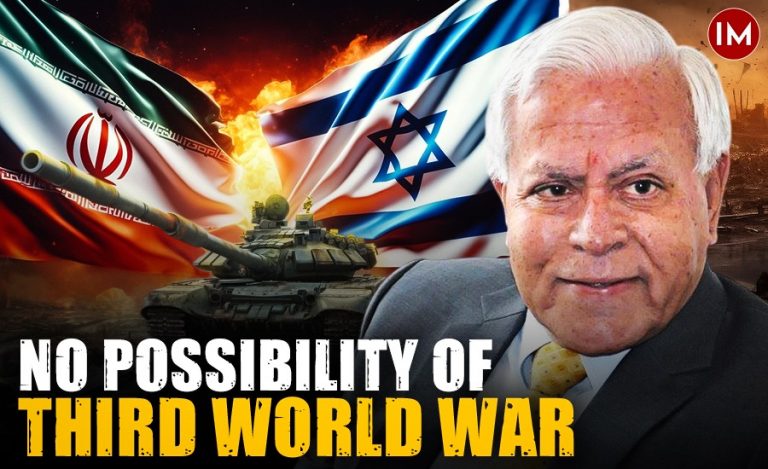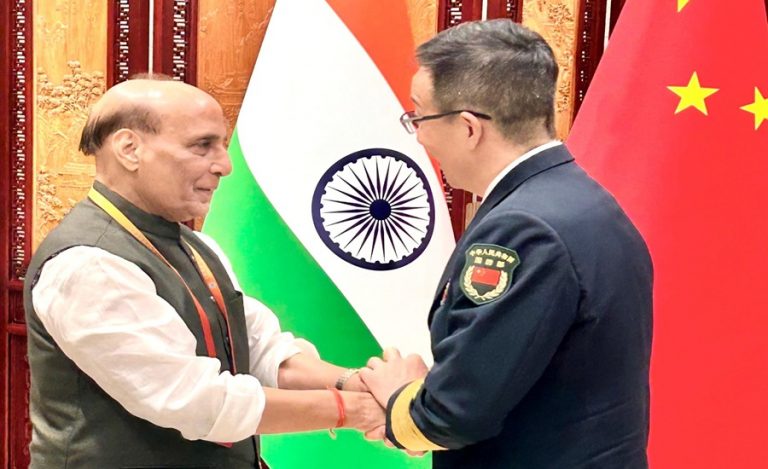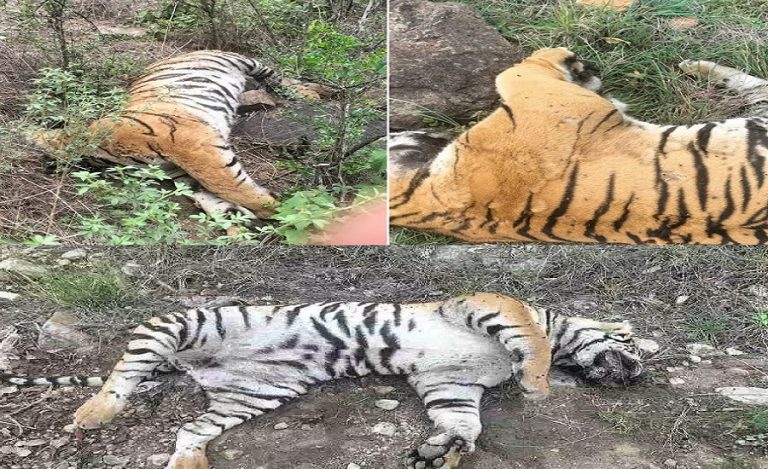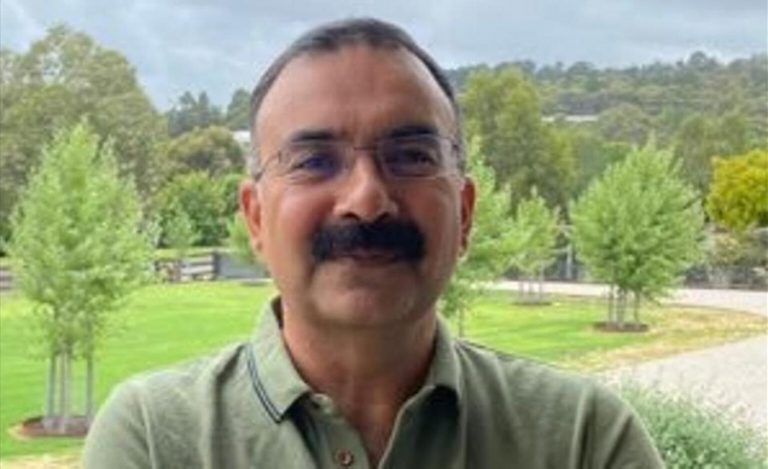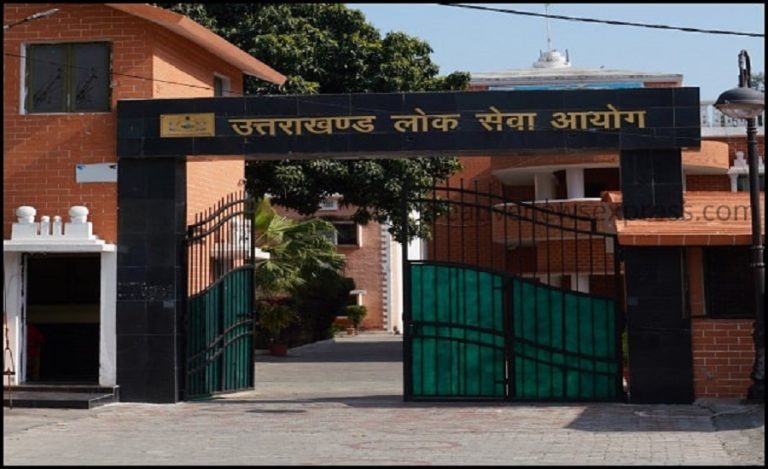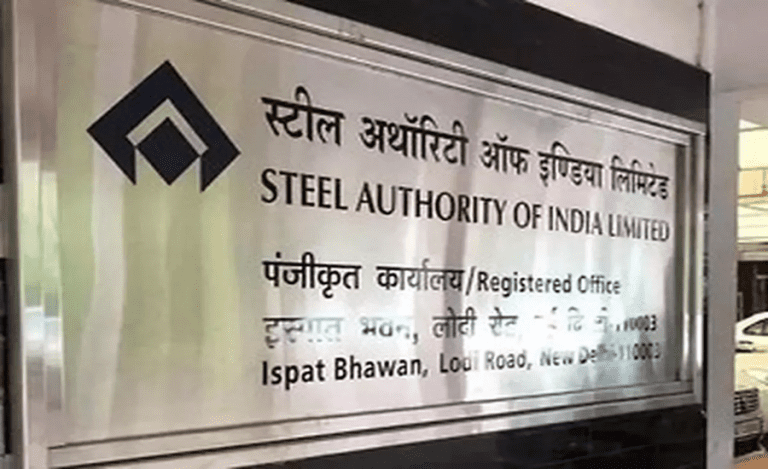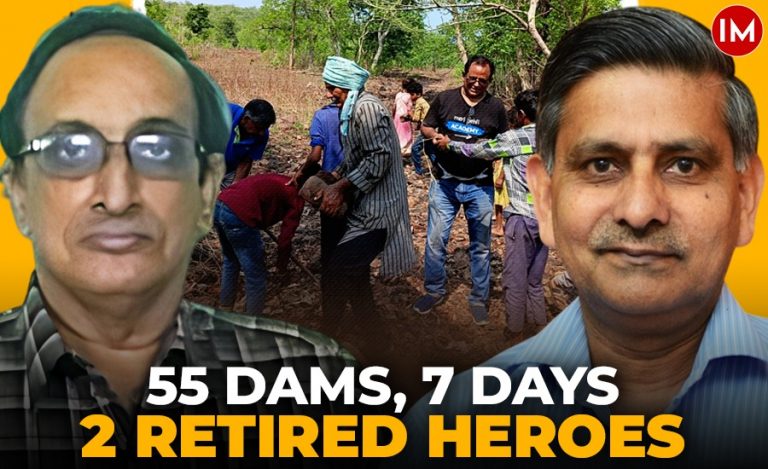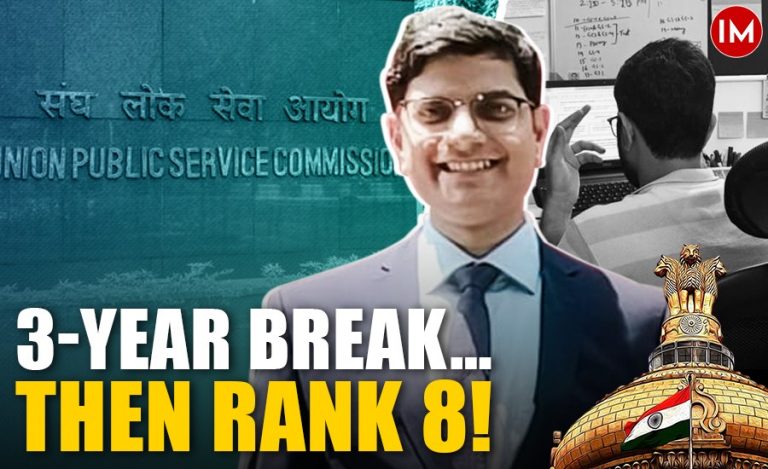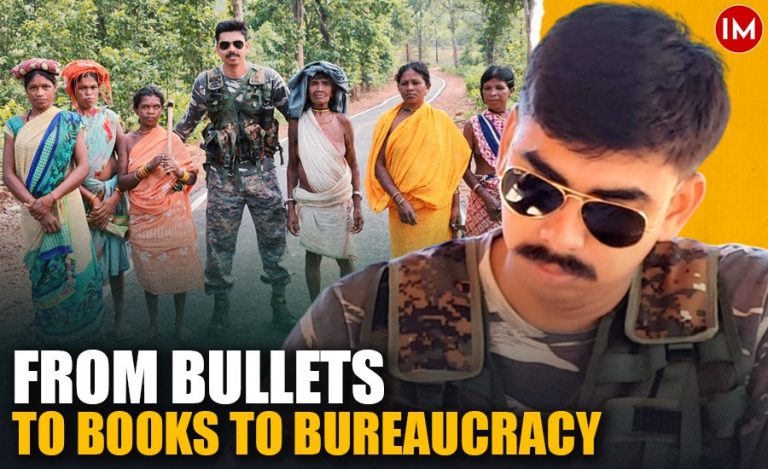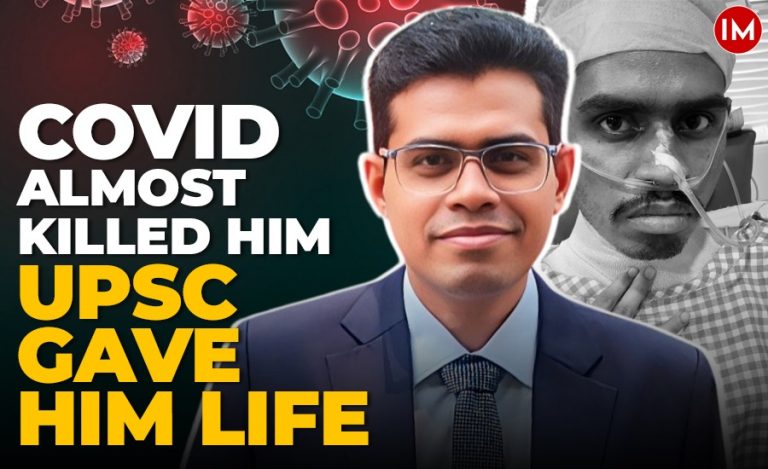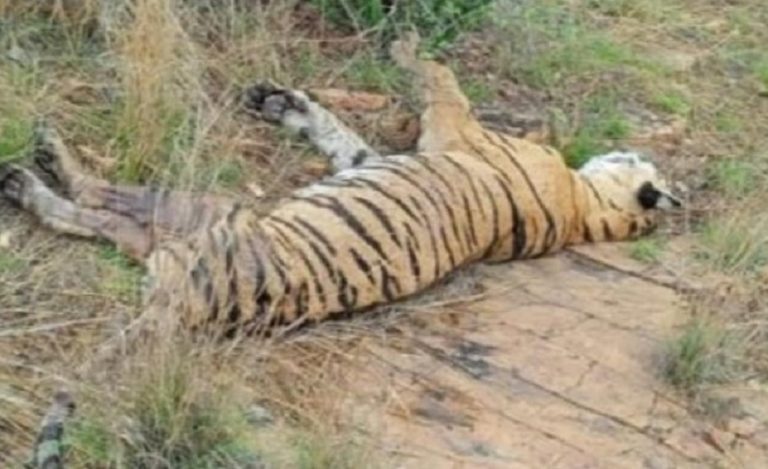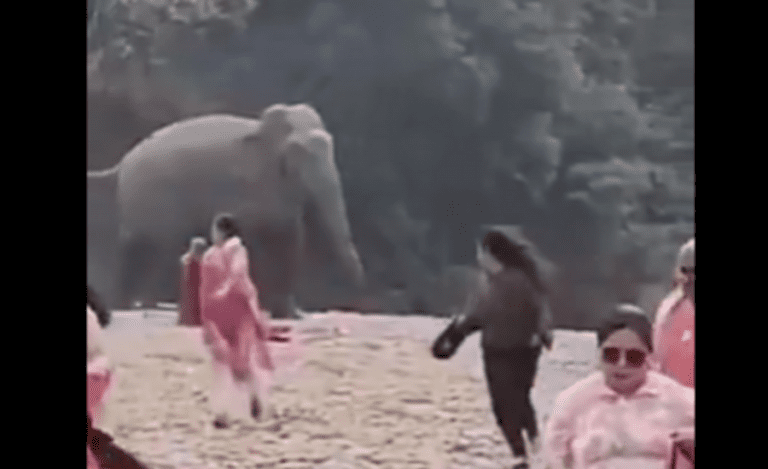As dusk falls on Veeranampatti, a village tucked away in Tamil Nadu’s Karur district, its streets fill slowly – a rhythm that once faltered after an incident no one wants to discuss, but no one can forget.
Two years ago, a seemingly harmless dare between two young men set off a storm that would shake the village’s social fabric. A Dalit youth entered the sanctum sanctorum of the Kaliamman temple, a space traditionally dominated by the dominant Gounder community. The act was recorded, shared, and soon became a flashpoint. What followed was not just a local controversy, but a full-blown crisis that caught the attention of the entire state administration.
WHEN A TEMPLE BECAME A TIPPING POINT
The Kaliamman temple had always been at the heart of Veeranampatti, a place where both Dalit and Gounder villagers worshipped, though invisible lines divided access. The moment that video went viral, those lines turned into walls.
Tempers rose. Opinions hardened. Allegiances were drawn.
In the middle of it all stood 2013 batch Tamil Nadu cadre officer, T Prabhushankar, the District Collector of Karur at the time. Where others might have relied solely on official orders, Prabhushankar took a different approach — one that involved listening before acting.

NOT JUST POLICING, BUT PROBLEM-SOLVING
What could have easily escalated into a law-and-order nightmare was managed with a mix of quiet negotiations, local trust-building, and visible development. The administration didn’t just issue statements; they walked the narrow lanes of Veeranampatti, met elders and youth, sat in community halls, and brought people back to the same table — quite literally.
In just over two weeks, the temple that had been sealed shut was reopened, not by force, but by consensus.
Collector Prabhushankar, along with the Superintendent of Police and community leaders from both sides, walked into the temple together. It was a moment the village hadn’t imagined possible just days before.
REBUILDING BEYOND RITUALS
But mending strained ties required more than symbolic gestures.
The administration allocated Rs 1.5 crore to Veeranampatti for basic infrastructure — roadworks, clean drinking water, and proper street lighting. These weren’t just civic upgrades; they were a message that the government saw the village, cared for it, and wasn’t going to look away once the headlines faded.
UNSPOKEN COMPROMISES AND QUIET UNDERSTANDINGS
Today, the temple is open to all. But there are still unwritten rules. People from both communities don’t pray inside at the same time — not because of an order, but because of a quiet understanding.
Even those who initially objected to the temple entry now acknowledge the importance of how it was handled.
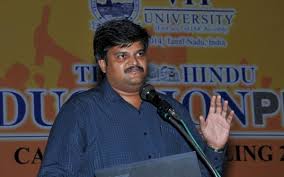
LIFE MOVES ON — TOGETHER, IF NOT ALWAYS ALIKE
Daily life in Veeranampatti has resumed its rhythm. Dalit and Gounder families farm the same crops, shop at the same kirana stores, sip tea at the same roadside stalls. Their children go to the same schools, and they all rely on the government hospital in Mayilampetti for treatment.
The incident that could have divided them permanently has become something else — a shared, if silent, memory of what almost was.
RECOGNITION FOR A QUIET CRISIS AVERTED
For his role in resolving the crisis, T Prabhushankar was recently honoured at an award show in the Jury Law and Order category.
Speaking about it, he said, “This was not just about law and order. It was about healing. Within 15 days, we could bring people back into the temple. That kind of trust-building doesn’t happen from behind a desk.”
It wasn’t his first award — he had earlier been recognised for work in Skill Development. But this one, he said, “meant more.”
THE STORY THAT DIDN’T MAKE NEWS BUT MADE A DIFFERENCE
What happened in Veeranampatti isn’t a perfect ending. But it’s a story of how conflict was calmed not with force, but with presence of administration that didn’t wait for Delhi or Chennai to issue orders, but acted because it mattered to the people living there.
And sometimes, the most important stories are the ones that no longer make headlines because the village they happened in has quietly moved on.

